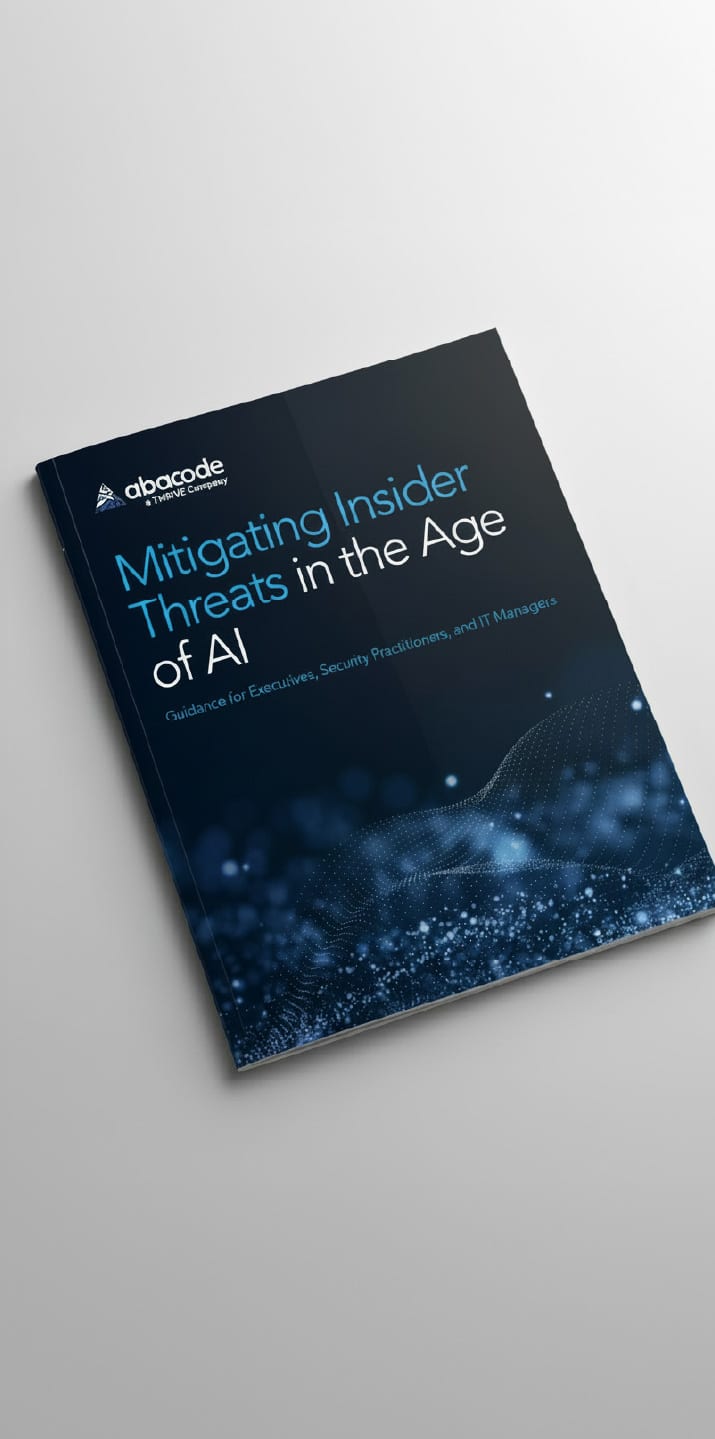In recent years, the frequency and severity of security breaches have increased, prompting businesses to adopt stronger security measures. One such approach is Zero Trust Architecture (ZTA), a security model designed to address modern security challenges.
The core idea of Zero Trust Architecture is to treat all users, devices, and services as untrusted by default, regardless of whether they are on the internal or external network. This security model challenges the traditional perimeter-based security approach, which assumes that internal network traffic is safe while external traffic is a potential threat. Instead, ZTA requires all access requests to be authorized, verified, and authenticated before granting access to resources, applications, or data.
To implement a successful Zero Trust Architecture, it is essential to understand the architecture, including users, devices, services, and data. This knowledge allows businesses to identify key resources, assess risks, and avoid integration pitfalls. It also allows organizations to develop policies that govern access requests, authorization, and authentication.
In a Zero Trust Architecture, each user, service, or device should have a unique and identifiable account. Sharing credentials is not allowed, and all access requests should be authorized against a policy. Policies can facilitate the risk-managed sharing of data or services with guest users or partner organizations. Access requests should be authorized against a policy which defines the access control mechanism.
User behavior, device, and service health are vital indicators of system security. It is necessary to measure and establish normal baselines to monitor and detect unusual behavior, which may be an indicator of a security breach. This requires businesses to focus their monitoring on users, devices, and services, establishing their health and ensuring they conform to established policies.
Authentication and authorization decisions must consider multiple signals, such as device location, device health, user identity, and status, to evaluate the risk associated with the access request. Authentication must be used everywhere, even for internal network traffic, and authorization should be enforced at every step of the request process.
Communication over any network, including the local network, should use a secure transport protocol to ensure data protection in transit. Traditional user protections such as malicious website filtering and phishing protection may need to be provided by different solutions in a Zero Trust Architecture. It is essential to evaluate services and products before incorporating them into the Zero Trust Architecture, ensuring they support Zero Trust principles.
Implementing a Zero Trust Architecture requires careful planning, implementation, and continuous monitoring. Organizations should begin by evaluating their existing security measures and infrastructure and identifying potential areas of risk. They should also establish policies and procedures to manage access requests, authenticate and authorize users, and monitor system health.
At Abacode, we specialize in Zero Trust Architecture and can help businesses implement this model to protect their data and assets. Our approach involves an assessment of the organization’s existing security measures, identification of potential areas of risk, and development of policies and procedures to manage access requests, authenticate and authorize users, and monitor system health. We also offer ongoing support to ensure that the Zero Trust Architecture is continuously monitored, updated, and adapted to changing security threats.
In conclusion, Zero Trust Architecture is a comprehensive security approach that requires careful planning, implementation, and continuous monitoring. The Zero Trust Architecture principles outlined above provide a roadmap for businesses to implement stronger security measures, protect sensitive data, and prevent security breaches. By working with experts like Abacode, businesses can ensure that their Zero Trust Architecture is optimized for their specific needs and is effective in mitigating modern security threats.
Sources:
- National Institute of Standards and Technology (NIST) – https://nvlpubs.nist.gov/nistpubs/SpecialPublications/NIST.SP.800-207.pdf
- Forrester – “Zero Trust Architecture: What to Expect in 2021”
- Microsoft – https://www.microsoft.com/en-us/security/business/zero-trust



